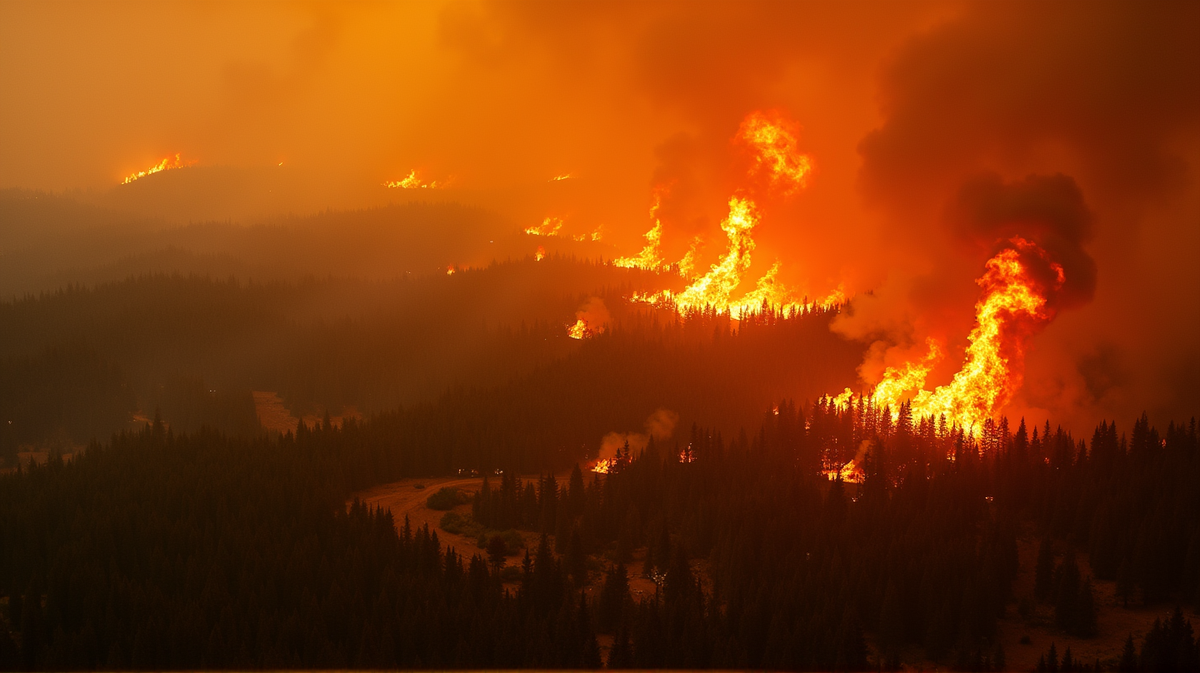Canadian Wildfires: Time for Strategic Prevention
Canadian provinces urge for strategic wildfire prevention as patterns show increasing devastation.

In a rapidly changing global climate, Western Canada’s provinces have found themselves repeatedly at the forefront of devastating wildfire seasons. As these natural disasters scorch millions of hectares annually, the call for a more proactive stance on fire prevention grows louder. Understanding fire patterns has become essential for minimizing the impact and better protecting communities.
The Nature of the Beast: Decoding Fire Patterns
Wildfires are not anomalous events but predictable occurrences when conditions are right. Droughts, hot temperatures, and abundant dry fuel make forests across Canada tinderboxes in waiting. According to Global News, recent years have revealed striking patterns in the occurrences and intensities of fires, shining a light on the dire need for a strategic approach to combat future incidents.
The Human Toll and Environmental Damage
Hundreds of homes and structures have fallen victim to blazes, displacing many and leaving communities in disarray. The fallout extends beyond human habitats, harming ecosystems and wildlife. Manitoba’s aquatic species, for instance, face a significant threat from the toxic runoff of burnt debris into water systems, showcasing the broad-reaching implications of inadequate prevention.
Provincial Push for Prevention
Faced with the increasing frequency and severity of wildfires, Canadian provinces are advocating for more comprehensive fire prevention measures. The action plans revolve around improving emergency responses, investing in research, and developing adaptive forestry practices. The provinces are urging action, hoping that systematic planning now will mitigate future devastation.
Lessons from Other Regions
Insights can be drawn from international experiences. For instance, stringent fire prevention strategies in places like Australia emphasize community engagement and technological integration for early detection and rapid response. Learning from these models could bolster Canada’s efforts in crafting an effective fire management strategy moving forward.
A Call for Collective Action
It is imperative for Canadian policymakers, communities, and environmental agencies to unite. Implementing robust prevention strategies, educating the public, and securing funding for research are all crucial steps towards a safer future. With collaboration, Canada can turn the tide against the growing threat of wildfires.
In these times of pressing environmental challenges, Canada’s journey towards effective wildfire management stands as a pivotal step in protecting both its landscapes and the communities that call them home. The country’s balanced approach to prevention and response lays the groundwork for resilience in the face of nature’s fury.





